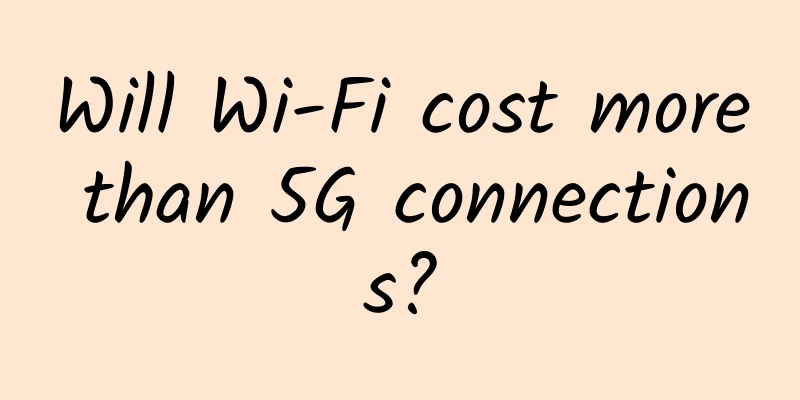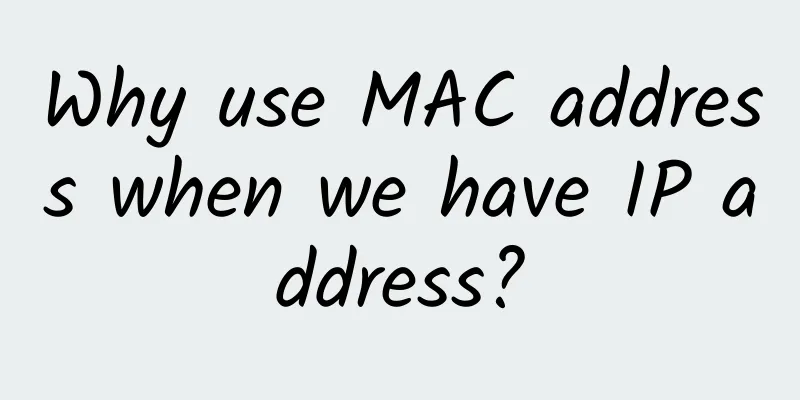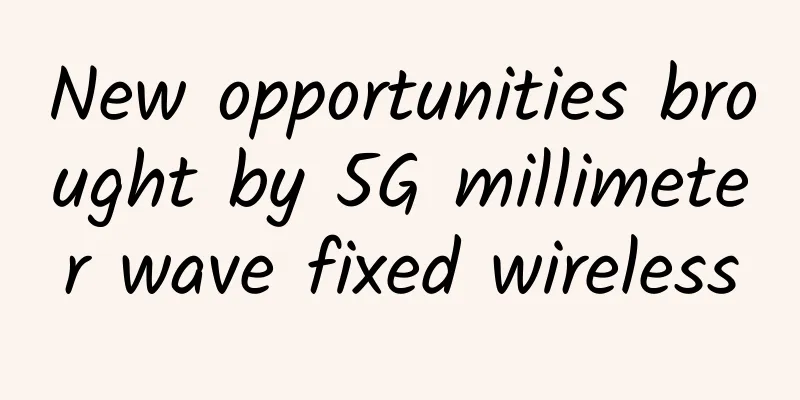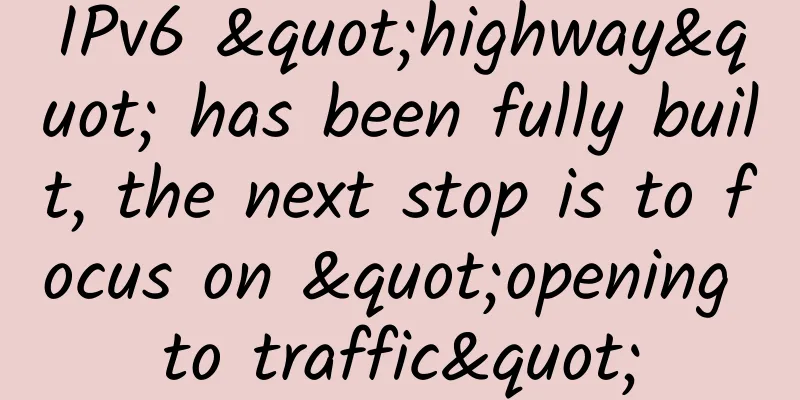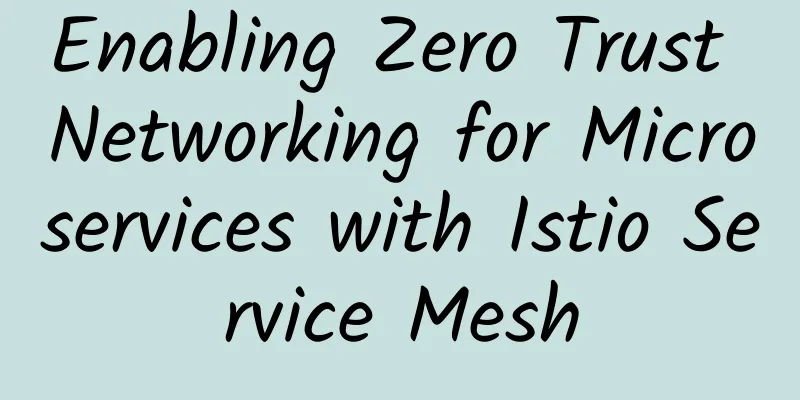Unleashing the power of the tactile internet through 5G networks
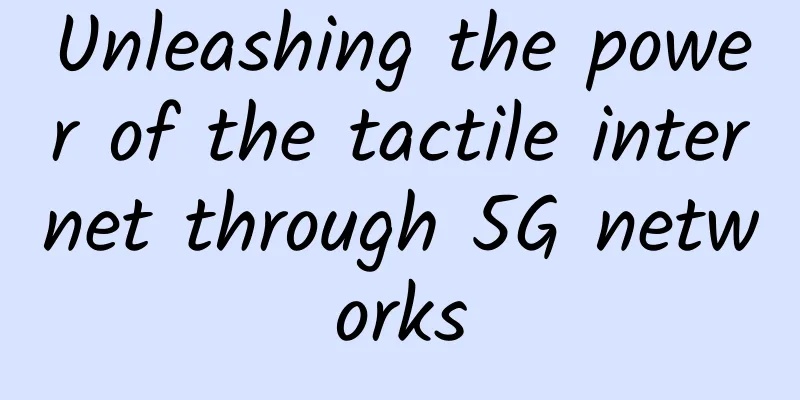
|
How the Tactile Internet will usher in a new era of the Internet of Things (IoT) Today, the Internet is everything! It was created to provide interoperable communications on a global scale for unparalleled exchange of multimedia and data content. Moreover, it has also driven technological innovations as it evolved from 2G to 3G, then from 4G to now 5G. 5G is not just a technology or wireless upgrade, it is also leading us to a world of accelerated and disruptive change. Having driven the development of the Internet of Things (IoT) and ushered in a new industrial era - Industry 4.0, it is now paving the way for the Tactile Internet. While the Internet of Things has driven automation through various Internet devices, the Tactile Internet is expected to push it forward many notches. The term was coined by Professor Gerhard Fettweiss of the Technical University of Dresden in Germany in early 2014. In August of the same year, the International Telecommunication Union (ITU) defined the tactile Internet as an Internet network with low latency, extremely short transmission, high availability, high reliability and high security. It will rely on the proximity of cloud computing (mobile edge cloud) and sensory and tactile control of virtual or augmented reality. Accenture said in a 2018 paper titled "Ubiquitous Network-Enabled Tactile Internet" that the tactile Internet will enable remote, real-time physical interaction with real and virtual objects, creating a two-way interactive experience in which the boundaries between the real world and the virtual world will blur. The Tactile Internet will use 5G's URLLC (Ultra-Reliable Low-Latency Communication) capabilities to provide users with ultra-high-speed Internet connections, enabling tactile interaction with visual feedback. The visual feedback here refers to audio-visual interaction, which can control robotic systems and drive robots in real time. As the availability of high-speed Internet connections increases, its low-latency characteristics will lead to enhanced human-machine interaction and can be transmitted in real time to the other side of the world. All formats of tactile effect data (waveform, frequency, length, etc.) are hosted on remote servers. Since the Internet of Things already provides connectivity, accessing this data online can achieve detailed tactile effects without relying on internal storage space. Advocates of this technology suggest establishing it in areas where machines can complement human capabilities rather than replace them. The ITU mentioned that the Tactile Internet can even benefit VR by providing the low-latency communications required for a "shared tactile virtual environment" in which multiple users are physically coupled through virtual reality simulations to perform tasks that require fine motor skills. Why 5G? While 5G offers high-speed connections, faster data upload and download speeds, greater bandwidth, and more stable connections, it also possesses specific features and capabilities that meet the prerequisites for the tactile internet. An end-to-end latency of 1 millisecond is a must for tactile communication. According to the ITU, in order for technological systems to match human interaction with the environment, our natural reaction times set the target that technical specifications must meet. Next, for critical missions to be performed, such as telepresence robotics, remote surgery, outage time should not increase by more than one second per year. Sufficient capacity is also required to allow a large number of devices to accelerate communication with each other simultaneously and autonomously. Since most of the processing will be done at the edge, we need an underlying network infrastructure that supports faster content and data transmission. Thanks to content caching, the edge will further allow efficient processing of large amounts of 3D video, audio, and tactile information captured by many devices and sensors near the user. 5G meets these criteria because it has a latency of less than two milliseconds and can share data faster than other existing network technologies. Therefore, 5G will underpin the tactile internet. application The Tactile Internet will bring a host of new applications, products and services. These include: • E-commerce 4.0 : High-quality tactile feedback driven by the tactile internet will revolutionize the e-commerce industry. Using tactile data it is possible to replicate the exact texture that the customer wants, which will be available on the website server or app, i.e. the clothes he wants to buy. This data will be sent to his device in real time via a 5G internet connection. • Smart grid : Current grids cannot guarantee a stable and reliable power supply when many decentralized energy suppliers inject power into the grid in an uncontrolled manner. Smart grids distribute the energy generated, avoid overcapacity, and ensure stability of power supply – all these activities require low latency. Tactile Internet will help solve the low latency problem of smart grids. It can also dynamically activate and deactivate local generation and consumption, and may even take into account AC phase information to minimize the generation of unavailable reactive power. • Healthcare : The healthcare industry usually revolves around the location of doctors and hospitals. Tactile Internet will help provide healthcare services anytime and anywhere. These services include remote diagnosis, remote surgery, and remote rehabilitation. Using telerobotics, telesurgery and telesurgery will reduce the cost of traveling to the surgeon. The response time of telerobotics used by surgeons is similar to that of the surgeon. Even telerehabilitation performed in the patient's home will result in higher treatment success rates and greater cost-effectiveness. • Improving the lives of people with disabilities : The tactile internet has the potential to improve the lives of people with disabilities. While telerehabilitation features artificial limbs based on robotic exoskeletons to improve the lives of people with motor impairments, supported by tactile feedback, Braille telecommunications will also be significantly improved. This could speed up innovation in Braille smartphones, where transmitters produce “bumps” that can be sensed and changed in seconds. |
<<: How businesses can prepare for 5G
Recommend
H3C focuses on new infrastructure to safeguard 5G commercial use
The current "new infrastructure" boom i...
66 Cloud offers 15% off monthly payment and 66% off annual payment. Hong Kong CN2 GIA monthly payment starts at 34 yuan, and US CN2 GIA monthly payment starts at 38 yuan
666clouds recently launched a three-year annivers...
[Black Friday] TNAHosting: $12/year KVM-1GB/15G SSD/5TB/Chicago
TNAHosting is a relatively early established fore...
Network | Not the best, will 5G abandon TCP/IP?
TCP/IP is considered suboptimal for more advanced...
TCP reliable transmission, flow control, congestion control, the essence of TCP is all here
[[334785]] Table of contents Packet capture proce...
RAKsmart May Promotion: New Los Angeles servers starting at $30/month, VPS starting at $1.99/month, cluster servers/high bandwidth servers
RAKsmart launched a flash sale promotion for new ...
V5.NET: Hong Kong CN2 server 625 yuan/month, 2*E5-2630L/32GB/1TB SSD/10M CN2 line
V5.NET has released a special promotional model, ...
China has 1.011 billion Internet users. After 27 years of Internet development, it has become a place for wealth creation.
27 years ago, anyone who mentioned the word "...
Just-in-time infrastructure: Infrastructure at the speed of business
Enterprises are under increasing pressure to deli...
Ruijie Cloud Desktop supports Beijing's COVID-19 fight
Imported from abroad, confirmed locally, the sudd...
We cannot allow "free-network tools" to threaten network information security
Recently, the official website of the Ministry of...
When will the chaos of number portability end?
The full implementation of the number portability...
Dr. Li Jin: Is building credibility “regardless of cost”?
[51CTO.com original article] June in Beijing is w...
What is edge computing and how will it impact businesses?
The process of transferring data remotely involve...
Innovation improves people's livelihood, H3C's public rental housing smart door lock solution won the 2020 World Internet of Things Expo Award
Recently, the public rental housing smart door lo...

